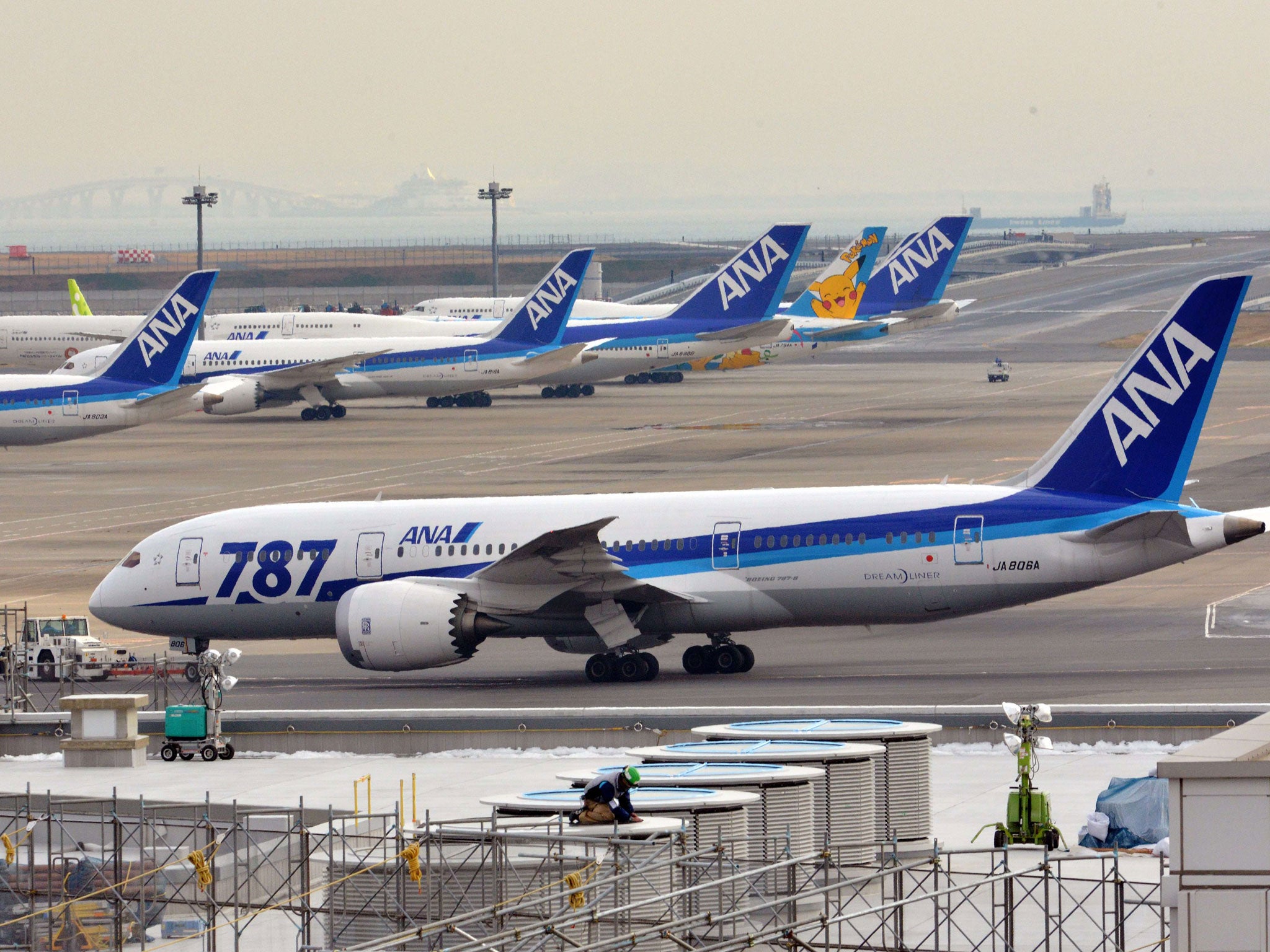Q&A: What is the impact of the Boeing 787 Dreamliner safety concerns

Q All new aircraft encounter problems during their gestation. Have the 787's been worse than most?
Yes. Boeing's first 21st-century plane first took off in commercial service in October 2011, three years late, following a range of design and safety-related issues. The airlines that ordered it have been exasperated by the delays, and the problems created in their fleet planning. The Boeing 787 has been dogged by problems, culminating this week with the emergency landing and evacuation of an All Nippon Airways domestic flight because of fears of fire.
Now that the jet has been grounded by the air authorities in Japan, America and India, matters look much worse. The grounding of the "Dreamliner" goes well beyond being an embarrassment to Boeing - it will also cause big problems to airlines and their passengers.
But against all the problems, in terms of forward sales, the 787 does seem to represent "the future of flying" - it is the most successful new aircraft in history.
Q Why have the airlines ordered it in such numbers?
The Dreamliner is the first plane that properly puts the passenger first: much bigger windows, more room for carry-on baggage, and higher pressurisation to make long flights more bearable (the cabin pressure will be roughly the equivalent to an altitude of 6,000 feet, compared with 8,000 feet on some existing jets). The 787 also allows longer flights, for example Gatwick to Bali or Manchester to Hawaii non-stop, speeding up access to desirable destinations; the Dreamliner is designed as the longest-range passenger jet in history. And it's more fuel-efficient - good news for airlines, passengers and the planet. The airlines believe it will help them win customers. Indeed, the launch customer in the UK - Thomson - applies a £20 premium over existing aircraft for a round-trip on the plane, so confident is it that the will transform long-haul travel.
Q So far, though, they are rarely seen in Britain?
Correct. The leading users are the two big Japanese airlines, neither of which uses them to the UK. Nor do Air India, Ethiopian Airlines, LAN of Chile, LOT of Poland and United, which also have the jet. Only Qatar Airways has a regular scheduled service - one flight a day from Heathrow to Doha - but that service has been temporarily been replaced with another aircraft while the 787's problems are investigated.
Q What is the likely impact on UK airlines?
The launch customer, Thomson, is due to take delivery of its first 787 next month, and plans to deploy it on long-haul transatlantic flights from East Midlands, Gatwick, Glasgow and Manchester from 1 May. Thomson says "Boeing has reassured us they will do everything possible to assist the FAA in their investigation, and will be taking every step to assure passengers and Thomson of the 787's safety and get the planes back into service. We are still working to our original delivery dates."
British Airways and Virgin have 40 on order between them, but for once they will be glad they are way down the queue; by the time they take delivery, they hope the teething problems will have been ironed out. BA expects to start flying its first four Dreamliners when the winter 2013/14 schedules begin in October this year, and has another 20 787s on order over the next few year. Virgin Atlantic has 16 Dreamliners on order, starting in 2014, and says it has "every confidence" that Boeing and the safety authorities will solve the problems.
Subscribe to Independent Premium to bookmark this article
Want to bookmark your favourite articles and stories to read or reference later? Start your Independent Premium subscription today.

Join our commenting forum
Join thought-provoking conversations, follow other Independent readers and see their replies